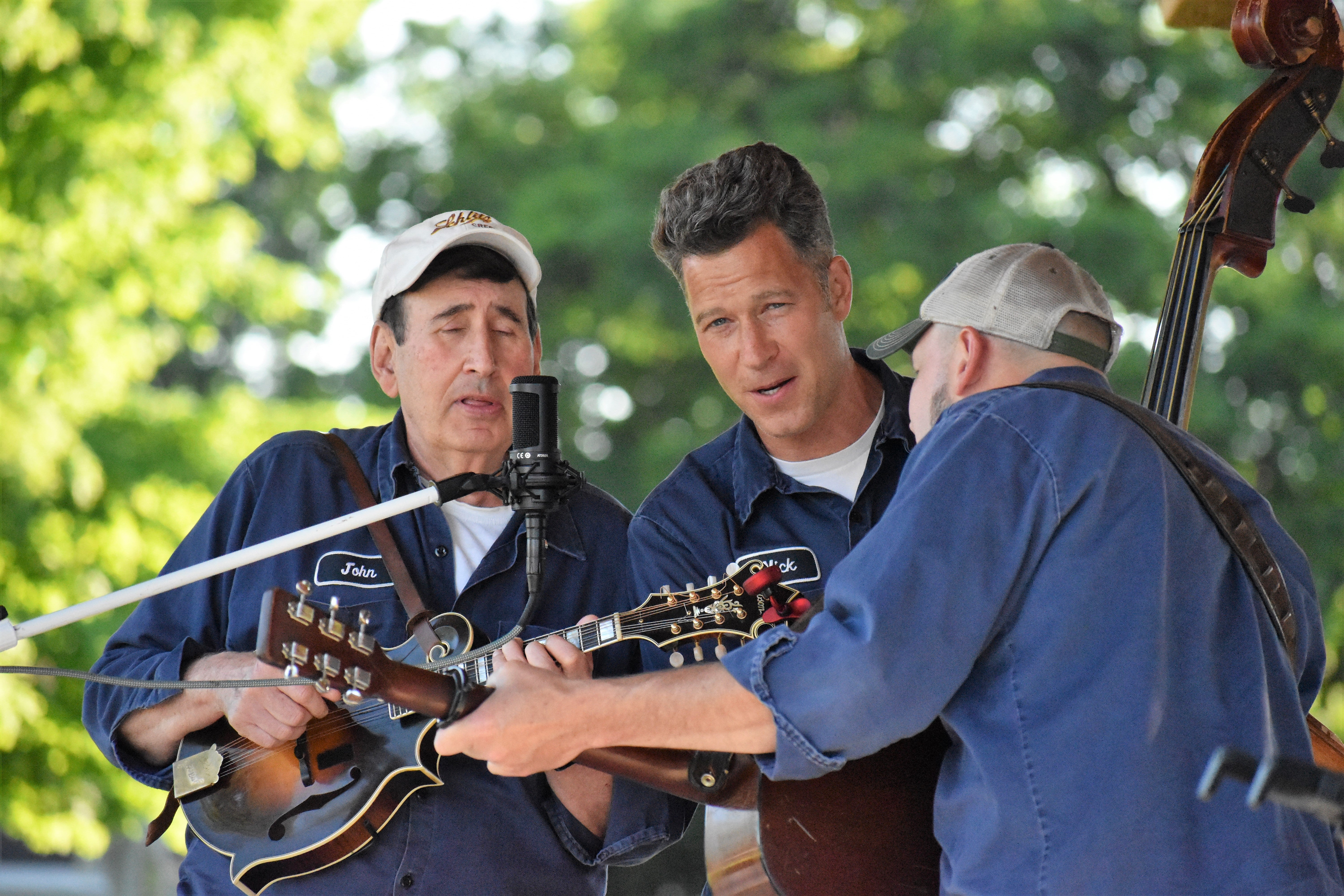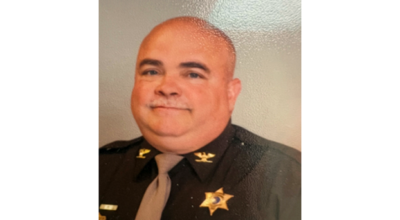Cardiologist speaks to Rotary
Published 8:00 am Friday, March 27, 2015
When the word “heart disease” is mentioned, conditions such as cardiac arrest or strokes are often the first thing that pop in people’s minds.
Deficiencies within the body’s most important muscle may lie at the heart of a host of other issues, though, including frequent fainting spells, referred to in medicine as syncope, which are commonly caused by other conditions.
While diagnosing these symptom can be a challenge for cardiologists, promptly identifying and correcting them can spell the difference between a healthy future or early end for patients.
Veteran Borgess-Lee cardiologist Sri Dhatree spoke about diagnosing syncope and other difficult symptoms during his presentation to the members of the Dowagiac Rotary Club. During their weekly meeting Thursday afternoon at the Elks Lodge.
The local physician was invited to speak to the club by Borgess-Lee COO and Rotarian John Ryder.
“A lot of people talk to you about heart attacks, blood pressure and cholesterol, and those kinds of things, which are the bread and butter of cardiology,” Dhatree said. “What I thought today is that I would talk about difficult symptoms in cardiology.”
Focusing on the subject of patients suffering from syncope, Dhatree said that it’s a common condition to see, with as many as 40 percent of people experiencing a fainting spell at least once in their lifetime. Accounting for between 1 to 6 percent of hospital visits and rising, determining whether or not a patient’s symptoms are related to heart disease or not can be challenging.
“You have a fainting spell, but by the time you come to the hospital you are feeling great,” Dhatree said. “So how do we diagnose these kind of problems?”
Complicating this issue is the fact that only around 2 percent of all diagnosed cases are related to complications with the cardiac system, Dhatree said. Despite this fact, patients who fail to receive a proper diagnosis relating to heart problems of this nature are at higher risk of fatality, he said.
“It’s extremely important these diseases are caught at the beginning to make a diagnosis, if at all possible,” Dhatree said.
Among the ways that cardiologists determine whether or not the heart is at fault in these cases is through technology such as ultrasounds, which can show if the organ is properly pumping blood throughout the rest of the body. Doctors can also give patients a remote heart rate monitor, which can record his or her condition for a period of time while they go about their daily routine outside the hospital.
“When you combine the examination with all the tests that we do, the yield is pretty high,” Dhatree said.






